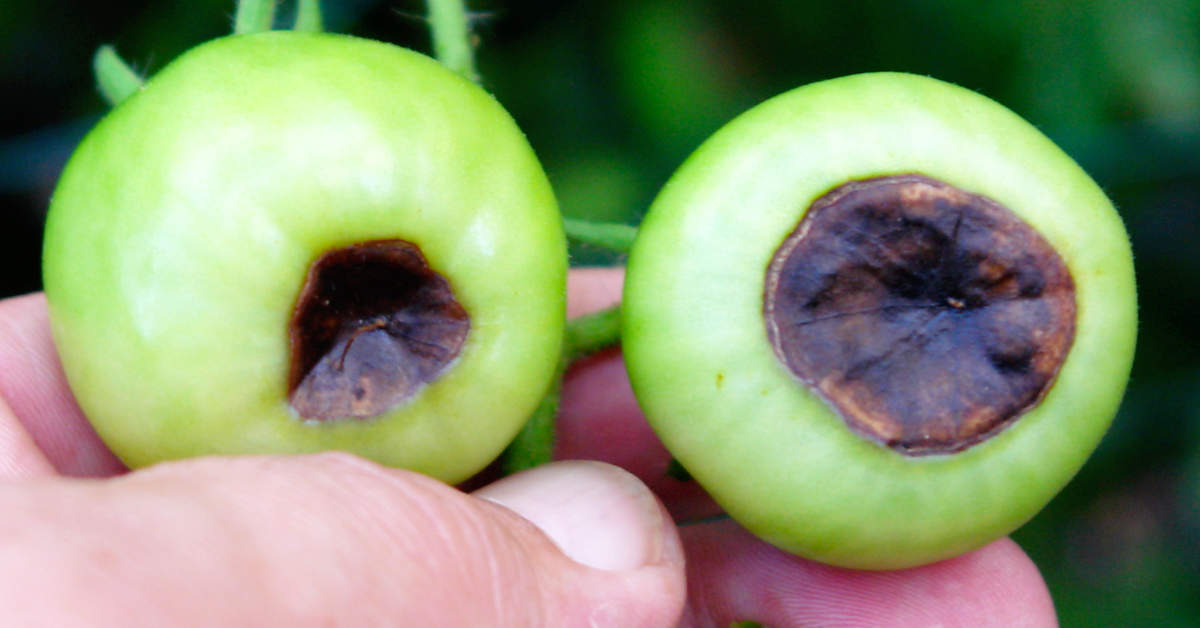Tomatoes
January: Do not grow.

February: Start undercover in seed trays.

March: Start undercover in seed trays.

April: Transplant 4-6 week old seedlings.

May: Plant seed directly into garden.

June: Do not grow.

July: Start undercover in seed trays.

August: Transplant 4-6 week old seedlings.

September: Do not grow.

October: Do not grow.

November: Do not grow.

December: Do not grow.

Planting Tomatoes
Tomatoes are heat-loving plants, and are sensitive to cold temperatures. Seeds should be started undercover 6-7 weeks before your last frost date to get a head start on the season. Plant seeds 1cm (1/2") deep, and optionally use a heating mat to help seedlings emerge. Tomatoes prefer well-draining soil rich in organic matter, and thrive in full sun.
Growing Tomatoes
Once the last frost has passed, harden off seedlings by putting them in a safe place outside for two hours, increasing by one hour every day for a week. Once acclimated to the outside conditions, plant each tomato seedling at least 45cm (18") apart and water in well, optionally adding a handful of tomato fertiliser (or other high-phosphorous fertiliser) into the hole before the plant. Additionally add a tomato stake or cage to train the tomato on as it grows, to improve airflow and keep fruit off the ground. Plants should be watered in the morning, avoiding getting the leaves wet or splashing soil onto the leaves, as this can encourage diseases which would damage the plant. Roughly a month after transplanting, mulch around the plant to help with moisture retention.
There are two main types of tomato plants: determinate and indeterminate. Determinate tomatoes grow to around 75cm (30") tall and will stop producing fruit, whereas indeterminate tomatoes will continue producing new growth and fruit until the end of the season. Depending on which variety the tomato plant is, the pruning strategy slightly differs. Tomato "suckers" are branches that grow off the main stem in between leaf nodes (usually from the base of a leaf node, on a roughly 45 degree angle) which produce both new leaves and flowers.
For both varieties: identify the main stem before pruning to avoid inhibiting the tomato plant's growth. Remove any leaves that are making too much contact with the soil, as they can introduce disease. For determinate tomatoes: once the first flowers appear, remove all the suckers between that first flower node and the soil. For indeterminate tomatoes: remove any suckers that are causing the plant to bush out too much, or are preventing healthy air flow through the plant. Any indeterminate tomato sucker can be propagated and replanted as its own tomato plant for an increased harvest.
Keep checking for blossom end rot, which looks like a dark bruise on the bottom of affected fruits. Blossom end rot signals that the fruit isn't receiving enough calcium, and is usually caused by inconsistent watering. Remove and destroy damaged fruit, and evaluate your watering schedule.
Harvesting Tomatoes
Leave tomato fruits on the vine as long as possible for the best flavour. Once tomatoes are firm and very red (depending on the variety), gently cut the stems to remove them from the plant. As the end of season approaches, remove all remaining fruit and bring inside to finish ripening. Fresh tomatoes should be stored at room temperature, spaced apart without touching other fruits, to best preserve their flavour and texture.






Comments
Showing all comments from:
No comments available. Why not start the conversation?
Leave a comment